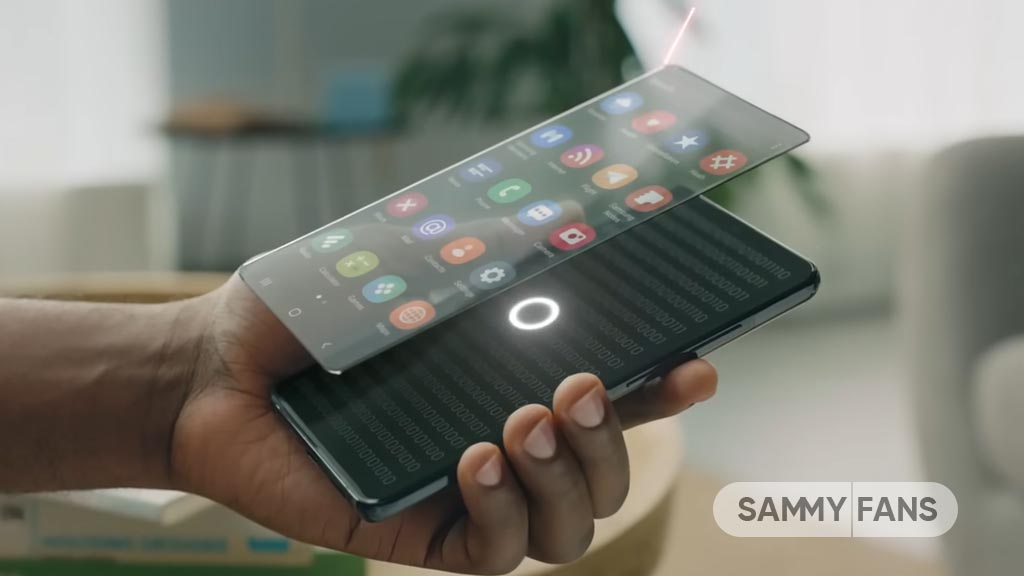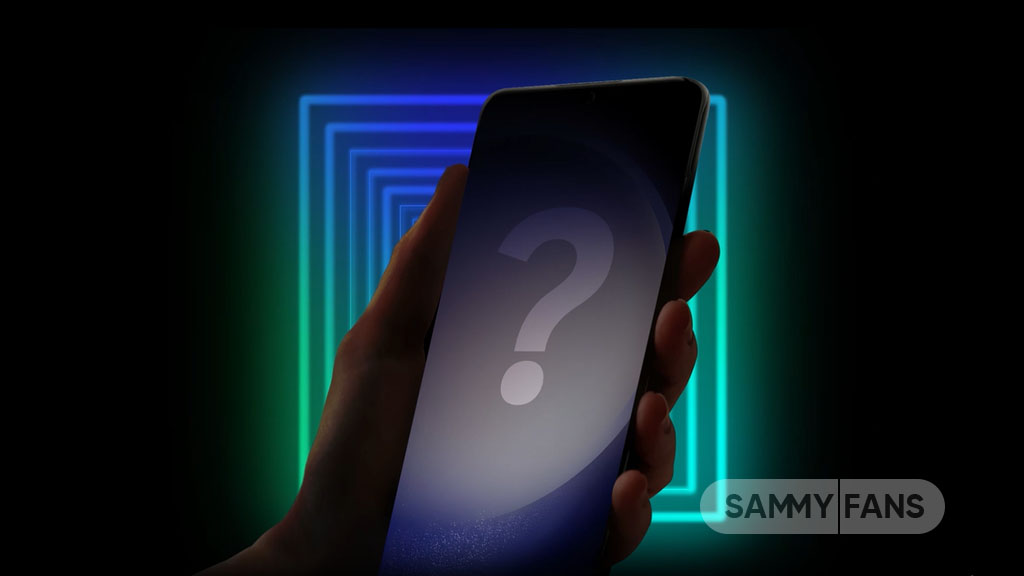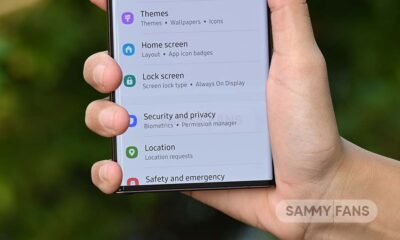News
Google trying hard to compete with Galaxy AI’s Live Translate

Google is trying hard to challenge Samsung’s Live Translate powered by Galaxy AI. Google is testing new AI features for Pixel’s Call Screen tool, following Samsung’s lead in democratizing advanced artificial intelligence features.
It’s been revealed (via AssembleDebug) that Google is testing the AI Replies feature for Pixel’s Call Screen to better rival Galaxy AI’s Live Translate. While Samsung’s version is advanced enough, the Android maker is working to narrow the functioning gap.
Pixel’s Call Assist could soon add an AI Replies feature that will suggest AI-powered smart replies based on the caller’s Call Screen responses. At present, Assistant in Call Assist offers generic contextual reply suggestions.
The latest Google Phone app’s Beta revealed how the feature will work on Pixel phones. The company is said to be using Gemini Nano to power AI Replies, letting Call Assist understand natural language and provide smarter suggestions.
Google is working on AI replies in Phone app for Call Screening . According to its descripton, "Call assist suggests new AI powered smart replies based on caller's Call Screen response"#Google #Android #AI pic.twitter.com/1lZiEBMzve
— AssembleDebug (Shiv) (@AssembleDebug) November 7, 2024
Galaxy AI’s Live Translate not only offers real-time translation of text, audio, and videos but also translates phone calls. Breaking language barriers, it becomes your interpreter – translating two different languages at the same time.
Pixel 9 series supports the most advanced Call Assist and Call Screen features. Despite limited device availability, only certain markets support manual call screening. Meanwhile, Samsung’s Galaxy AI is supported by more than a dozen languages.
Beyond Samsung Phone app, the Live Translate feature’s AI magic also works on many third-party applications. Those apps include Facebook Messenger, Google Meet, Instagram, Kakao Talk, LINE, Signal, Telegram, WeChat, and WhatsApp.
News
How will Donald Trump’s return impact Samsung’s semiconductor ambitions?

President-elect Donald Trump is an unpredictable man. The return of Donald Trump as the 47th President of the United States could impact Samsung, SK Hynix, and TSMC’s semiconductor ambitions and we wish the best for the manufacturers.
CHIPS Gone, Tariff On?
During the election campaign, Donald Trump threatened to repeal the CHIPS and Science Act introduced by Joe Biden. The act aims to provide billions of dollars of federal subsidies to semiconductor vendors to boost localization.
Rather than repealing the CHIPS Act, Trump may cut subsidies for chipmakers and raise tariffs on outsiders such as TSMC, Samsung, and SK Hynix. Korean firms should leverage AI chip expertise and further bolster ties with the new US administration.

Taiwan’s TSMC is apparently on Trump’s radar, with Samsung and SK Hynix could also face the heat in the future. If Trump revokes the CHIPS Act, these firms will lose access to potential subsidies to establish production plans on American soil.
Trump has called the act “so bad,” and insisted that imposing tariffs is the way to push companies to build chip factories in the US, rather than providing subsidies and tax credits. Notably, Samsung is eligible for up to $6.4 billion in subsidies against its $45 billion chip foundry.
Trump’s comeback could shape Samsung’s semiconductor future
In case Trump’s actions target TSMC, the world’s biggest contract chip maker, new opportunities will born for Samsung Elec and the US-based Micron. Meanwhile, the potential impact will only be determined once Trump takes over Biden in January.

Trump’s envisioned high tariff policy and decoupling strategy to isolate China from the global supply chain is expected to have both benefits and challenges for Korean chipmakers.
However, Korean chipmakers could benefit in the long term when Trump’s high tariffs on chips made outside of the US force companies to produce chips on American soil.
Apps
Samsung boosts Auto Blocker with new ‘Maximum Restrictions’ feature

Samsung has rolled out a fresh update for its Auto Blocker app with version 1.1.00.28. The update brings a new layer of security as it introduces the “Maximum restrictions” option for users who require extra protection against potential threats.
The fresh update is rolling out for Galaxy devices running One UI 6.1.1. It offers different conditions for One UI 6.1.1 and the upcoming One UI 7. Notably, the upcoming One UI iteration will provide enhanced security with Auto Blocker.
The fresh update of Samsung Auto Blocker adds the “Maximum restrictions” mode, which offers stronger protection for sensitive data. When activated, this mode restricts certain features on the device to limit exposure to unauthorized access.

The update turns on the “App protection” feature, which blocks the activation of device admin apps and work profiles. Additionally, some Samsung apps, including Samsung Messages and Gallery, will have limited functionality when this mode is enabled.
What’s new for One UI 7 devices?
With One UI 7, the “Maximum restrictions” mode will receive even more robust protections. When the Auto Blocker turns on, it blocks USB connections and prevents devices from connecting to your phone for purposes other than charging. In addition, the update also blocks 2G networks and prevents automatic reconnection to non-secure Wi-Fi networks.
Aside from this, Samsung has already started rolling out One UI 7’s Auto Blocker maximum restrictions conditions to Galaxy devices through a new update. Currently, some Galaxy flagships received its support and will expand to more soon.
US unlocked Galaxy S24 gets advanced Auto Blocker with November 2024 update
News
OLED display race intensifies as Samsung kicks out BOE

Samsung dropped BOE from its OLED display supply chain. The company has diversified the panel suppliers, assigning OLED display supply to China’s Visionox and Tianma, bringing BEO orders to zero this year.
According to TheElec, Samsung will source OLED display from China’s Visionox and Tianma rather than BOE this year. BOE’s fallout is a result of legal disputes, leading Samsung Elec to favor Samsung Display by boycotting BOE.
Key Takeaways:
- Samsung’s smartphone OLED demand for 2024 was estimated at 163.2 million units.
- Samsung Display’s volume is absolute, with 159 million units (97%).
- Next is CSOT with 2.2 million units.
- Visionox and Tianma with 1 million units each.
- There is no volume from BOE.
Flagship Galaxy devices will continue to feature OLED displays supplied by Samsung Display. Chinese vendors will supply panels for Samsung’s low-cost devices, mostly belonging to the Galaxy M series.
BOE and Samsung had a patent dispute in the US and China. The legal battles soured relations, resulting in BOE’s OLED supplied to Samsung decreasing from 1.1 million units in 2022 to 600,000 units in 2023, and there is none this year.
The global mobile OLED shipment forecast for 2024 is 753.2 million units. Samsung Display has the most with 327 million units. Its clients are Samsung Electronics, Apple, Xiaomi, Oppo, Vivo, Google, Sony, and others.












